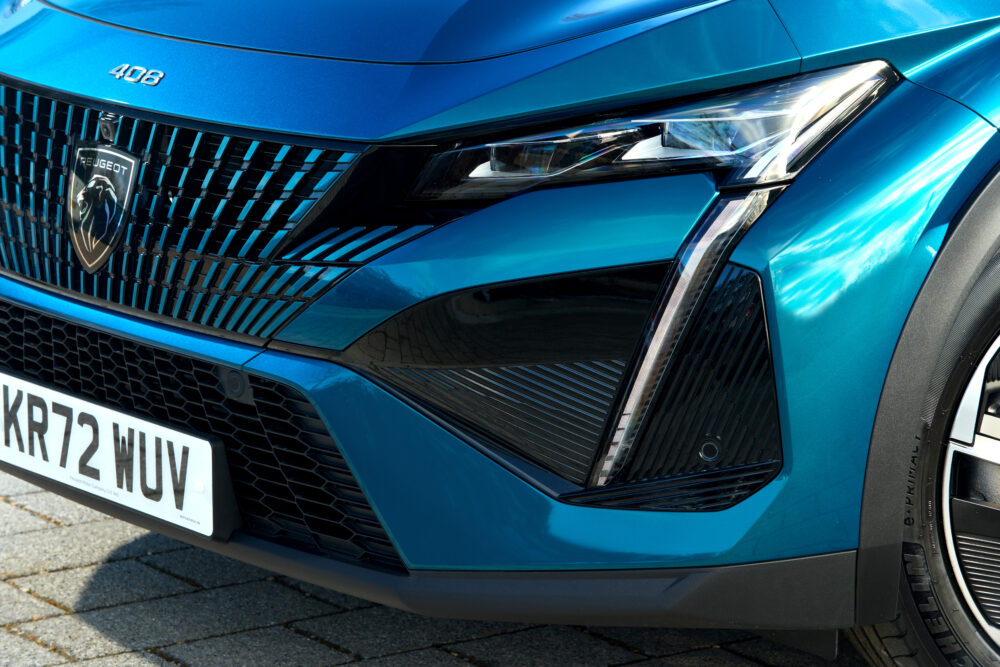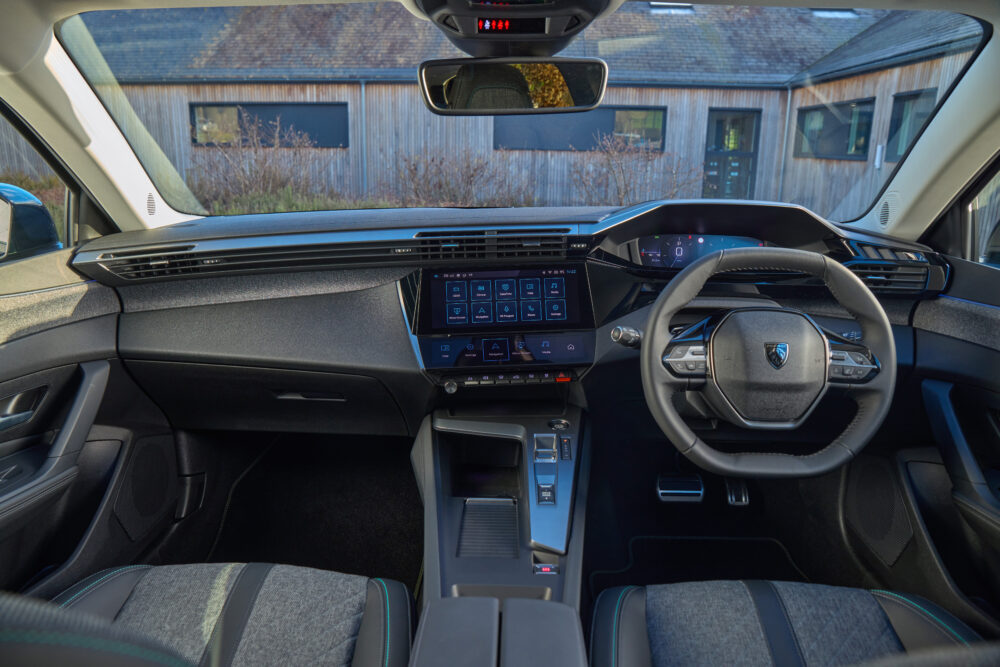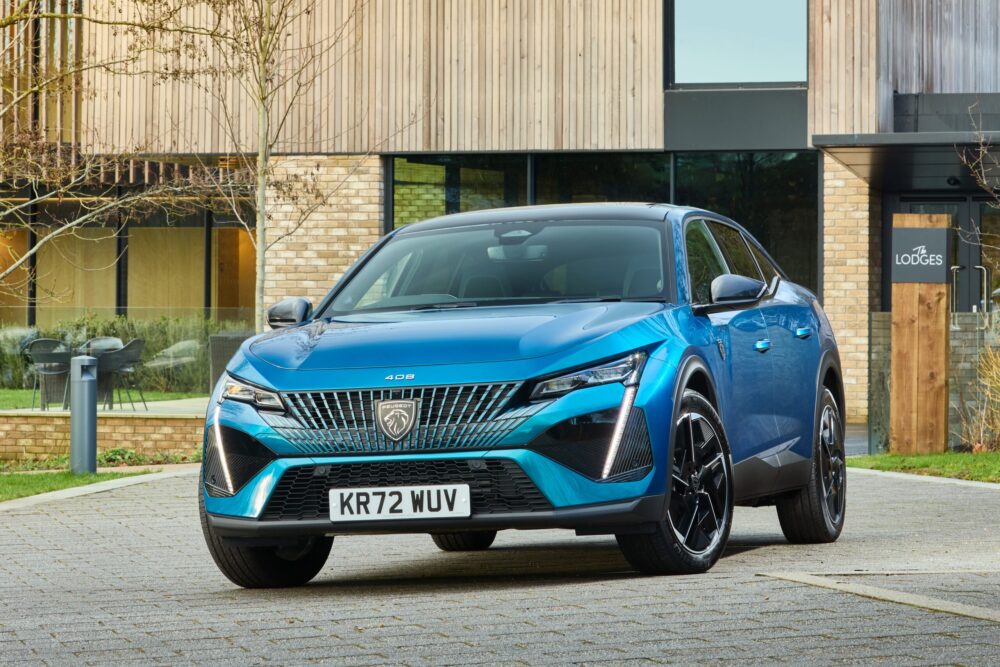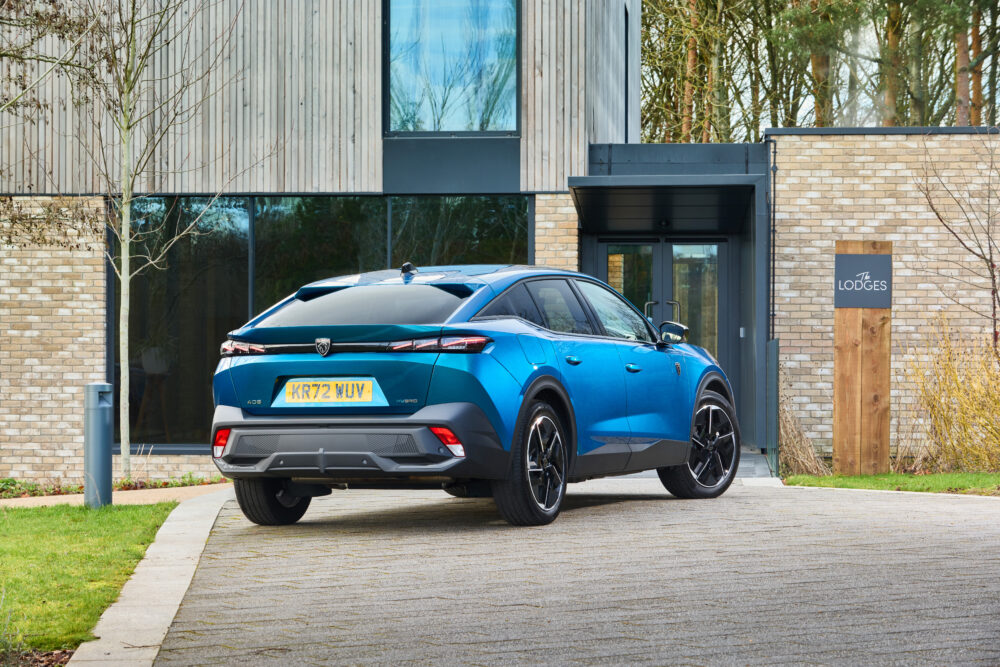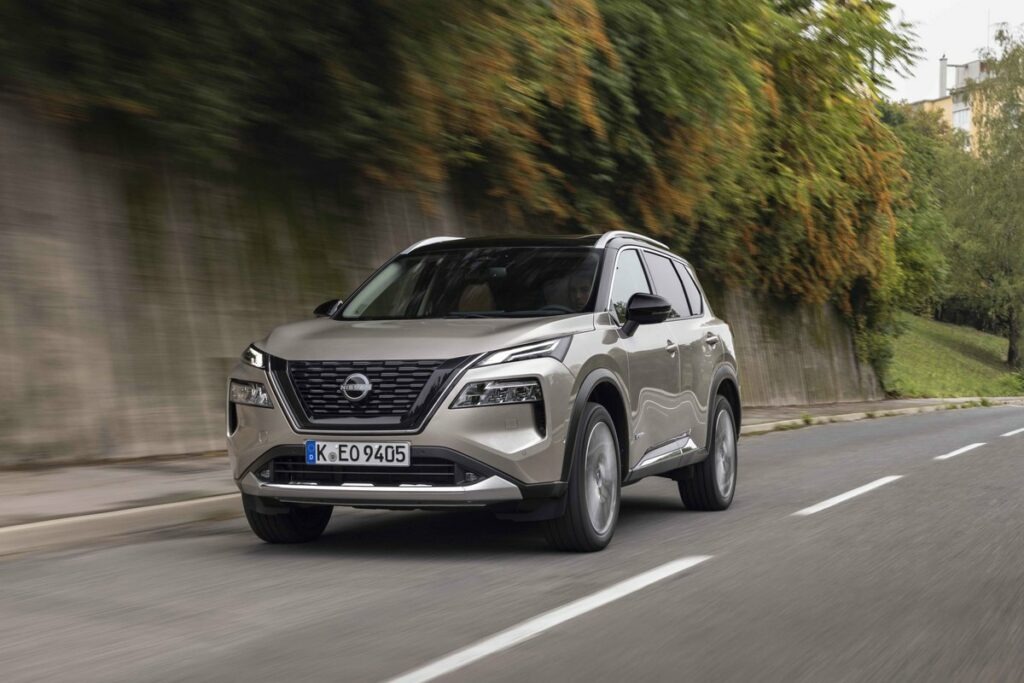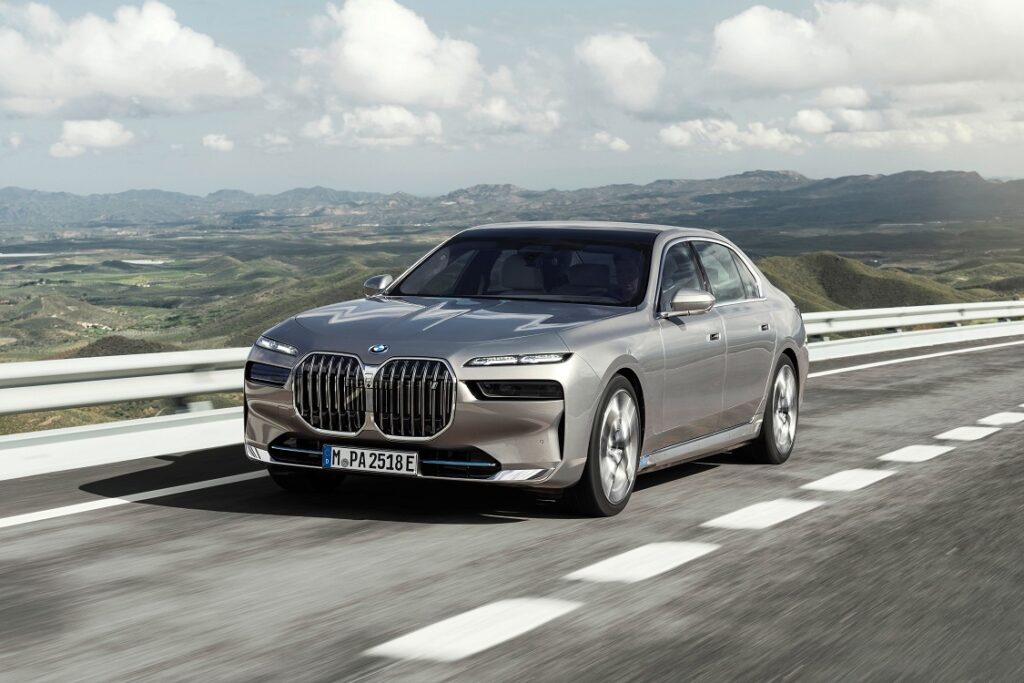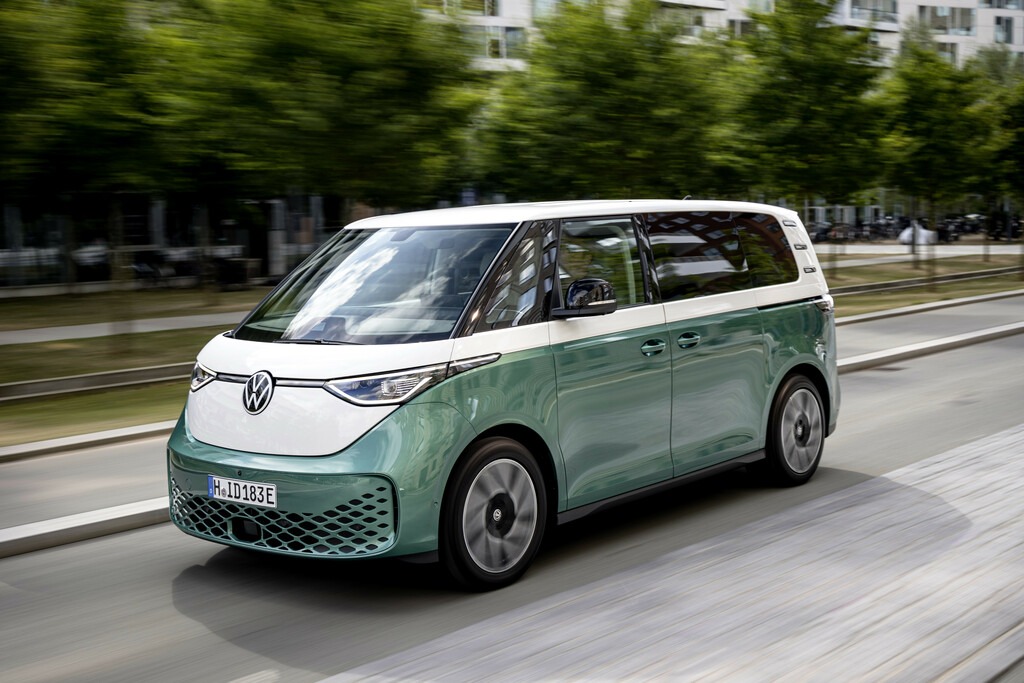Launch Report: Peugeot 408 offers range of design influences
27 March 2023
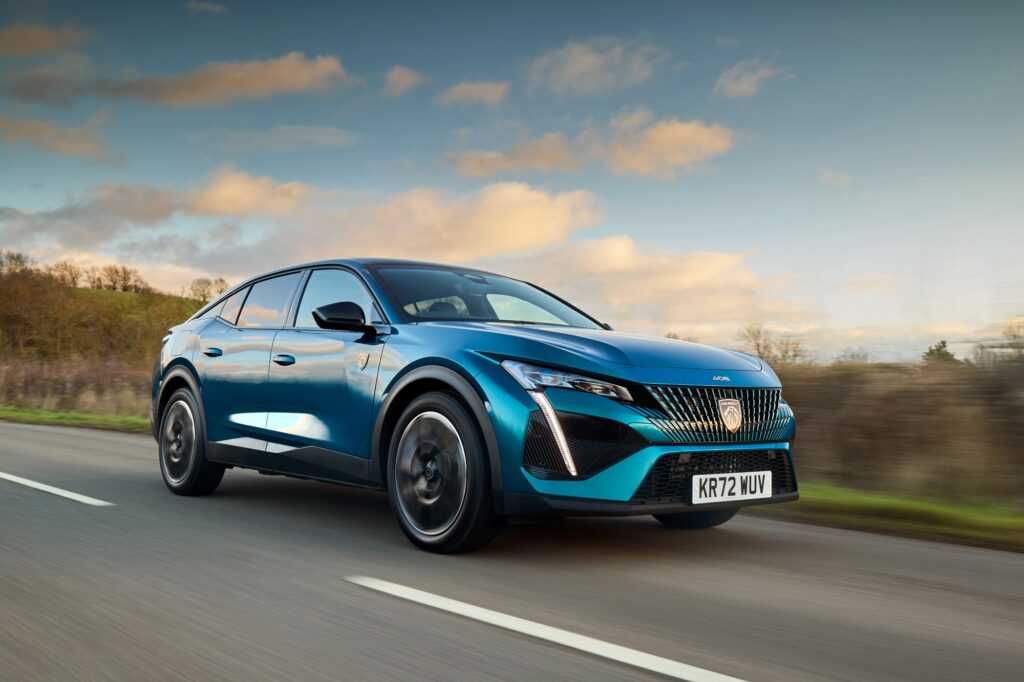
What is the difference between a hatchback, an estate and an SUV? The new Peugeot 408 suggests there does not have to be one. It offers the size of a D-segment vehicle, the practicality of a hatchback, the looks of a coupé, and the stance of an SUV.
This cross-blend vehicle continues to build on Peugeot’s current design philosophy, with sabre-tooth running lights, larger grill, and striking lines all giving the vehicle an aggressive look. Inside, the i-cockpit philosophy has also been adopted, complete with a smaller steering wheel that polarises opinions.
The mixture of design ethics and vehicle types makes the new Peugeot 408 a difficult car to place segment-wise. This makes identifying direct rivals or working on residual values slightly challenging. Nevertheless, experts from Autovista Group companies in Austria, France, Spain and the UK, have analysed the model on its strengths, weaknesses, opportunities and threats, all presented in an interactive dashboard.
Designed to stand out
The new Peugeot shield logo sits proudly at the front of the car, with the grill almost converging on it to highlight the branding. The sharp lines along the body panels rise at the end to give the car ‘haunches’ over the rear wheel arches, adding to its strong stance. These lines also move to meet the coupé-style roofline which sweeps down at the back, giving the Peugeot 408 additional sports styling.
The coupé elements do not intrude when it comes to interior space, with rear passengers able to take advantage of a good amount of headroom. Yet the sweep to the roofline does make entry to the rear trickier for taller occupants. The design also means a restricted rear view for the driver, with a smaller window finishing higher-up the boot line, putting a reliance on parking sensors.
In the front, the sharp lines continue, with the angular dashboard wrapping around into the door panels creating a feeling of a continuous cockpit, enclosing the driver and passenger.
The dash-wide vent sits above a 10-inch touchscreen infotainment system, with Peugeot adding additional capacitive buttons below. These are customisable, allowing the driver or passenger to choose the elements they want to control at their fingertips. Peugeot also incorporated physical dials and switches, providing mixed operability of systems across the board. Behind the small steering wheel is another 10-inch screen that offers a digital speedometer, mileage and other driver requirements. A 3D display is available in higher-end trims, although this does diminish the clarity of some information presented.
The new 408 is also available with ergonomic seats certified by Aktion Gesunder Rücken (AGR), the campaign for healthy backs, an independent German association promoting research related to back-pain prevention. These seats offer good comfort and grip, giving interior design benefits to drivers.
Practicality is also good within the Peugeot 408. The front seats benefit from numerous cubbies and compartments for storage. The 536-litre boot benefits from a low lip and large hatch, although the rear seats do not fold flat, which could hamper the transportation of larger goods.
Peugeot 408 engine choice
Like most manufacturers, Peugeot has opted against the inclusion of a diesel-engine option. Therefore, the new 408 is available in petrol or plug-in hybrid (PHEV) versions. The petrol model has a 130bhp 1.2-litre engine, which is somewhat underpowered for the size and weight of the vehicle. This means 0-62mph in 10.4 seconds, with a top speed of 130mph, which should be adequate for many drivers.
The PHEV has a 1.6-litre petrol engine, helping it deal with the heavier footprint of the model due to the inclusion of battery packs. This is available as either a 180bhp or 225bhp unit, offering 0-62mph times of 8.1 seconds and 7.8 seconds respectively.
The petrol engines can be noisy, especially if the driver accelerates quickly, causing the eight-speed automatic gearbox to drop down to increase revs. This is less of an issue in the PHEV, with the electrical power compensating. But there is still a noticeable volume increase in certain driving conditions.
Despite its design, with a higher stance, the new Peugeot 408 offers a comfortable ride, with little body roll in the corners. The smaller steering wheel of the i-cockpit design does not affect the handling, enabling precise and responsive control. This makes it a fun car to drive.
View the Autovista Group dashboard, which benchmarks the new Peugeot 408 in Austria, France, Spain and the UK for more details. The interactive launch report presents new prices, forecast residual values, and SWOT (strengths, weaknesses, opportunities, and threats) analysis.


